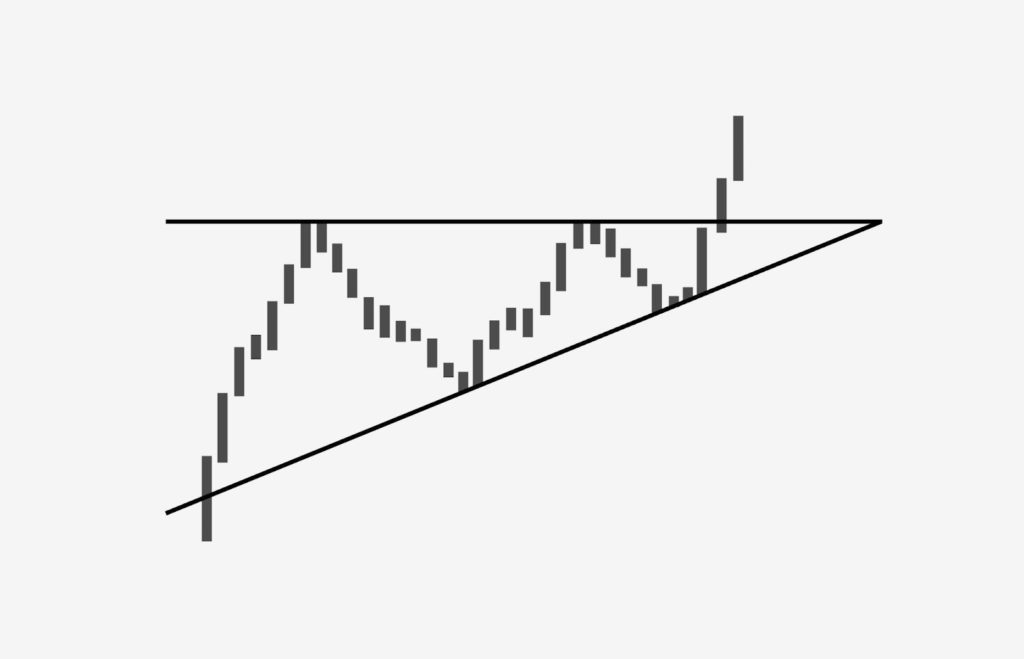What’s Next For PMCB?
Hello Trader, Yesterday, while the overall market was a sea of red, one stock impressively outperformed the market and topped the Top Gainers list on Finviz. PharmaCyte Biotech (NASD: PMCB) closed the day up $6.48 points, or 189.47%. The move in PMCB is especially...






